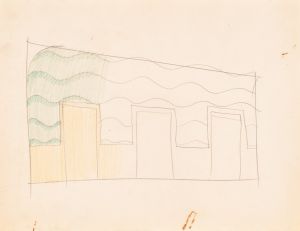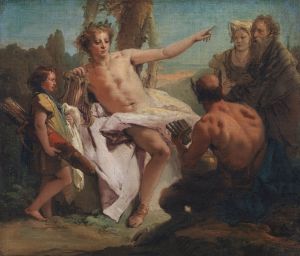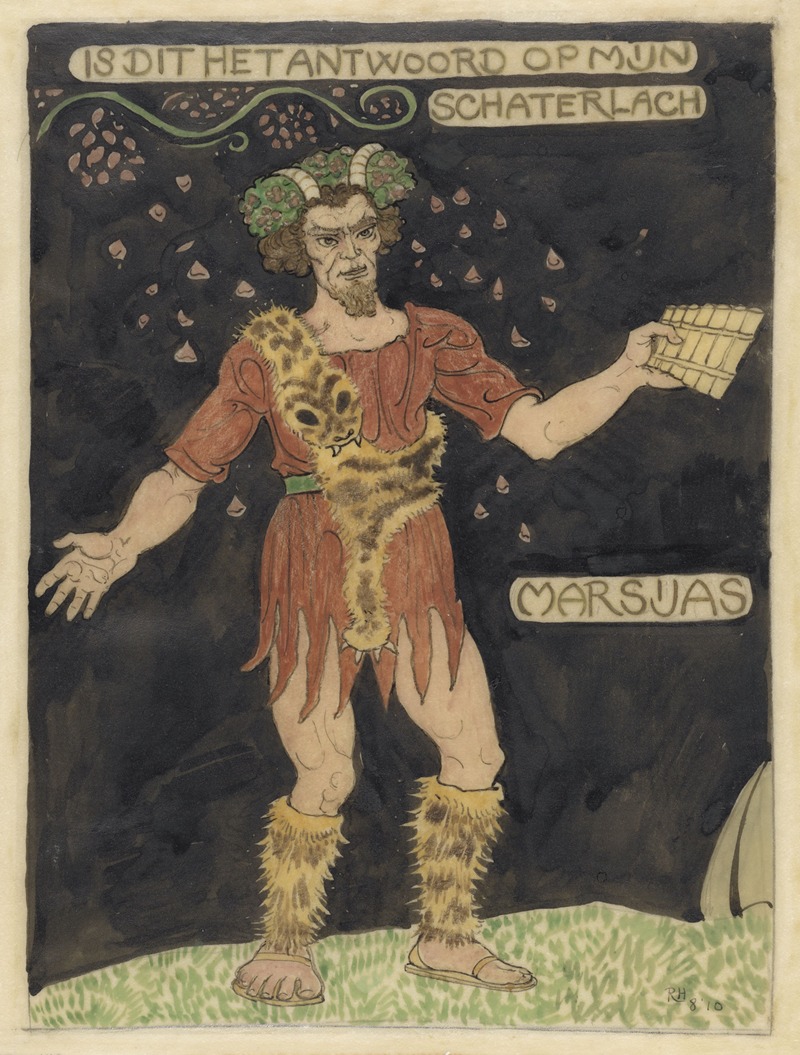
Ontwerp voor kostuum voor Marsyas
A hand-painted replica of Richard Nicolaüs Roland Holst’s masterpiece Ontwerp voor kostuum voor Marsyas, meticulously crafted by professional artists to capture the true essence of the original. Each piece is created with museum-quality canvas and rare mineral pigments, carefully painted by experienced artists with delicate brushstrokes and rich, layered colors to perfectly recreate the texture of the original artwork. Unlike machine-printed reproductions, this hand-painted version brings the painting to life, infused with the artist’s emotions and skill in every stroke. Whether for personal collection or home decoration, it instantly elevates the artistic atmosphere of any space.
Richard Nicolaüs Roland Holst was a prominent Dutch artist known for his contributions to the arts and crafts movement in the Netherlands. Born on December 4, 1868, in Amsterdam, Holst was a versatile artist whose work spanned various disciplines, including painting, illustration, and design. He was deeply influenced by the social and artistic movements of his time, which is reflected in his diverse body of work.
One of Holst's notable works is "Ontwerp voor kostuum voor Marsyas," which translates to "Design for Costume for Marsyas." This piece is a costume design, showcasing Holst's skill in merging artistic expression with practical design. The work is part of a broader tradition of artists creating costume designs for theatrical productions, a practice that gained popularity in the late 19th and early 20th centuries as theater and opera became more elaborate in their visual presentation.
Marsyas is a figure from Greek mythology, a satyr who was known for his musical prowess with the aulos, a double-reeded instrument. According to myth, Marsyas challenged the god Apollo to a musical contest, which ultimately led to his tragic demise. The story of Marsyas has been a popular subject in art and literature, symbolizing themes of hubris, punishment, and the relationship between mortals and gods.
Holst's design for Marsyas would have been intended for a theatrical or operatic production, reflecting the character's mythological background and the dramatic nature of his story. Costume designs like this one are crucial in bringing characters to life on stage, providing visual cues to the audience about the character's identity, status, and personality.
Richard Roland Holst was not only an artist but also an educator and a writer. He served as a professor at the Rijksakademie van Beeldende Kunsten in Amsterdam, where he influenced a generation of artists. His involvement in the arts and crafts movement was marked by a commitment to integrating art into everyday life, emphasizing the importance of craftsmanship and the decorative arts.
Holst's work, including his costume designs, reflects his broader artistic philosophy, which sought to harmonize beauty and utility. His designs often featured intricate patterns and a keen attention to detail, characteristics that were highly valued in the arts and crafts movement. Holst's contributions to art and design were recognized during his lifetime, and he remains a respected figure in Dutch art history.
While specific details about the production for which "Ontwerp voor kostuum voor Marsyas" was created are not widely documented, the work stands as a testament to Holst's artistic versatility and his ability to adapt his style to different artistic mediums. His legacy is preserved through his artworks and his influence on students and contemporaries in the Dutch art scene.
Richard Nicolaüs Roland Holst passed away on December 31, 1938, leaving behind a rich legacy of artistic achievement. His work continues to be studied and appreciated for its aesthetic qualities and its contribution to the development of modern art in the Netherlands.





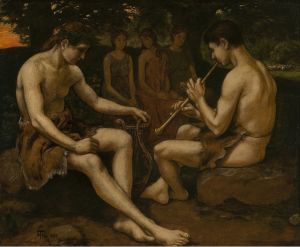
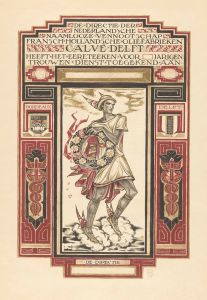
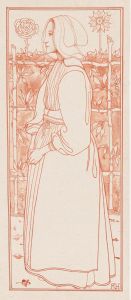
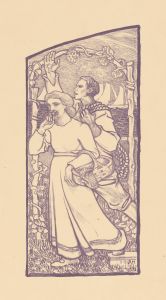
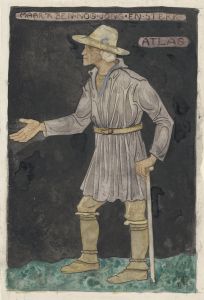
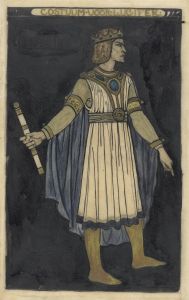
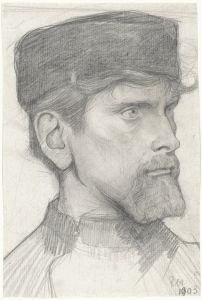
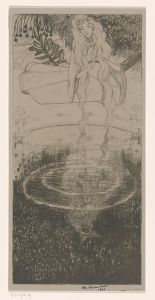
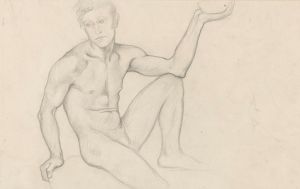
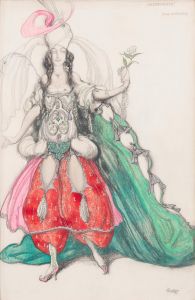
![Design for dčor of restaurant, 56 East 56th St, New York, NY.] [Drawing of suggested dčor for restaurant with color elevation and murals](/imgs/249282/s/winold-reiss-design-for-dcor-of-restaurant-56-east-56th-st-new-york-ny-drawing-of-suggested-dcor-for-restaurant-with-color-elevation-and-murals-29535340.jpg)
![Interior design drawings for unidentified rooms.] [Sketch for interior with green coloring and floral pattern on wall](/imgs/249360/s/winold-reiss-interior-design-drawings-for-unidentified-rooms-sketch-for-interior-with-green-coloring-and-floral-pattern-on-wall-dbc59d48.jpg)
